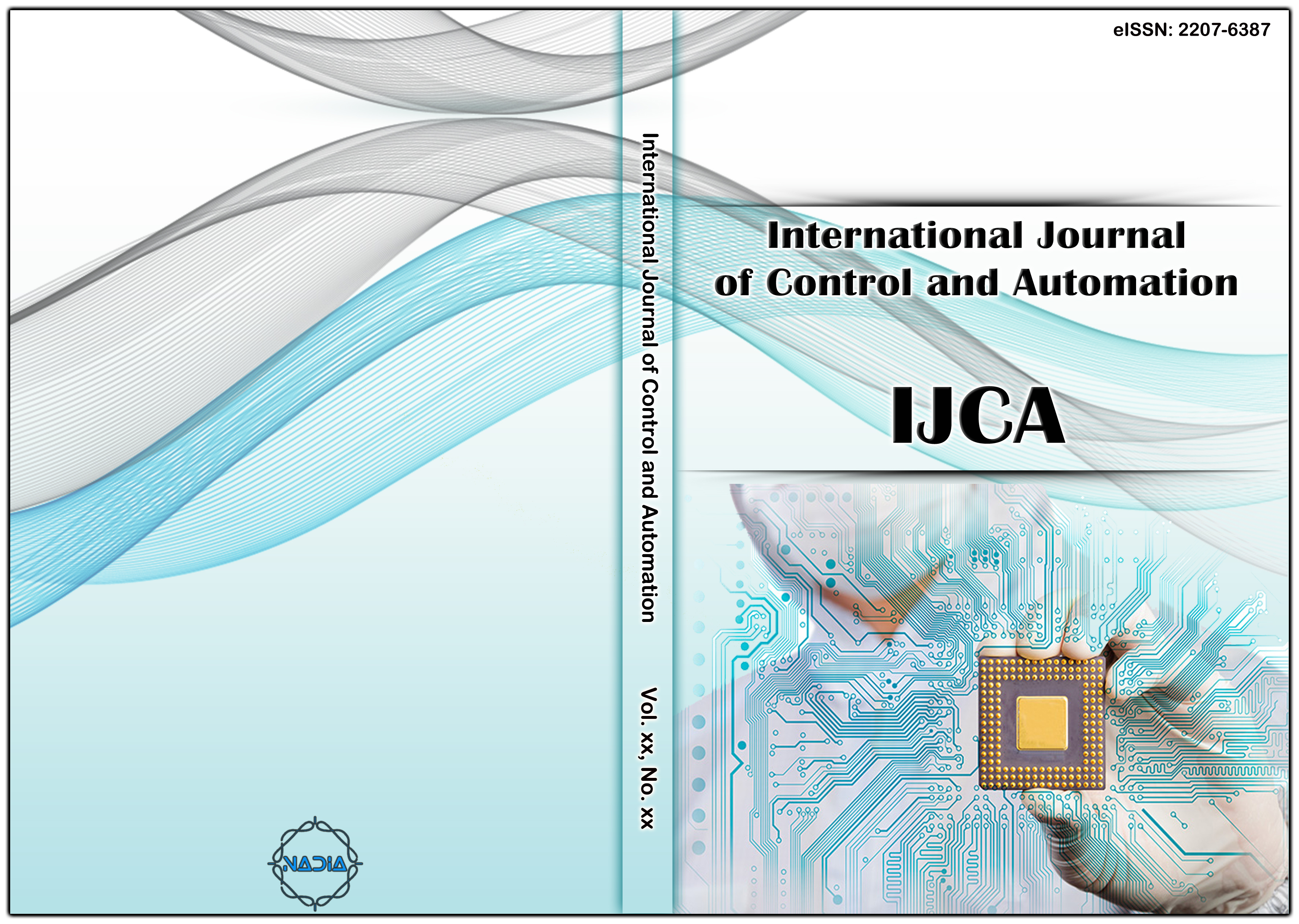[1] A. Awadallah, N. S. Prabhu and J. J. Lewandowski, “Forging/forming simulation studies on a unique, high capacity deformation simulator apparatus”, Materials and Manufacturing Processes., 17(6), (2002), pp737-764.
[2] C. Sun, S. H. Zhang, W. D. Tang and Wang, Z. T. “Press forging of magnesium-alloy notebook case with complex geometry”, Materials and Manufacturing Processes., 25(7), (2010), pp. 534-538.
[3] T. W. Ku, L. H. Kim, and B. S. Kang, “Process simplification of multi-stage forging for the outer race of a CV joint”, Materials and Manufacturing Processes., 29(2), (2014), pp. 85-92.
[4] J. Hu, Yi, Y. and S.Huang, “Experimental Study and Microstructure Analysis of Aviation Component by Isothermal Forging Process”, Materials and Manufacturing Processes, 30(1), (2015), pp. 79-84.
[5] C. Hu, Z. Zhao, A.Gong and W. Shi, “Study of an alternative novel cold forging process”, Materials and Manufacturing Processes, 30(10), (2015), pp. 1210-1217.
[6] Cheng, F.S. “A study of one-step-gradual forging process with the progressive heating method”, Materials and Manufacturing Processes., 30(10), (2015), pp.1179-1184.
[7] I. G. Zhbankov and A. V. Perig, “Intensive shear deformation in billets during forging with specially formed anvils”, Materials and Manufacturing Processes., 28(5), (2013), pp. 577-583.
[8] A. R. Khodabandeh, M. Jahazi, S. Yue and S. T. Aghdashi, “The determination of optimum forging conditions for the production of high strength-high impact toughness automotive parts”, Materials and manufacturing processes, 21(1), (2006), pp. 105-110.
[9] M. Stonis, T. Rüther and B. A. Behrens, “Analysis of material characteristics and forging parameters for flashless forged aluminum-matrix composites”, Materials and Manufacturing Processes., 29(2), (2014), pp. 140-145.
[10] G. Junyao, D. Xingguang, Y. Yigang, H. Ming and W. Boyu, “Electric control and design for automatic precision forging production line”, Automation and Logistics, IEEE International Conference, China(2009) August 5-7.
[11] C. S. Harrison “A case study on automating a hot forge for manual and robotic operation”, IET Conference on Control and Automation, Birmingham (2013) June 4-5.
[12] L. Liu, T. Mei, R. Niu, F. Zhang and Z. Xu. “Evaluation of the effect of spray flow rate and the nozzle velocity on the deposition of droplets”, Mechatronics and Automation (ICMA), IEEE International Conference, China (2014), August 3-6.
[13] Z. Pei, M. Zhao and D. Liu, “Spraying robot kinematics analysis based on BP neural network”, Information and Automation, IEEE International Conference, China, (2015) August 8-10.
[14] Q. Zhu, J. Li, P. Yuan, Z. Shi, M. Lin, D. Chen and T. Wang,“Accuracy compensation of a spraying robot based on RBF neural network”, Advanced Robotics and Mechatronics (ICARM), IEEE International Conference, China, (2016), August 18-20.
[15] P. J. From, J. Gunnar and J. T. Gravdahl, “Optimal paint gun orientation in spray paint applications-experimental results”, IEEE Transactions on Automation Science and Engineering (2011), pp. 438-442.
[16] D. H. Kim, B.M Kim and C. G. Kang, “Estimation of die service life for a die cooling method in a hot forging process”, International Journal of Advanced Manufacturing Technology,1, (2005), pp. 33-39.
[17] R. Douglas and D. Kuhlmann, “Guidelines for precision hot forging with applications”, Journal of Materials Processing Technology, 98, (2000), pp. 182-188.
[18] L. Zhang, H. Huang, D. Hu, B. Li and C. Zhang, “Greenhouse gases (GHG) emissions analysis of manufacturing of the hydraulic press slider within forging machine in China”, Journal of Cleaner Production. 113 (2016), pp. 565-576.
[19] I. Bajsic, E. Kranjcevic, “Automation of industrial spray dryer”, Instrumentation Science & Technology., (1), 29 (2001), pp. 41-52.
[20] Mukhopadhyay, C.K.; Venugopal, S.; Jayakumar, T.; Mannan, S.L.; Raj, B.; Chatterji, B.; Srinivasan, R.; Gopalakrishnan, V.; Madhusudan, G.; Tripathi, R.S. “Acoustic emission (AE) monitoring of open die and closed die forging processes of Al alloy”, Materials and Manufacturing Processes., 22(7-8), , (2007), pp. 887-892.
